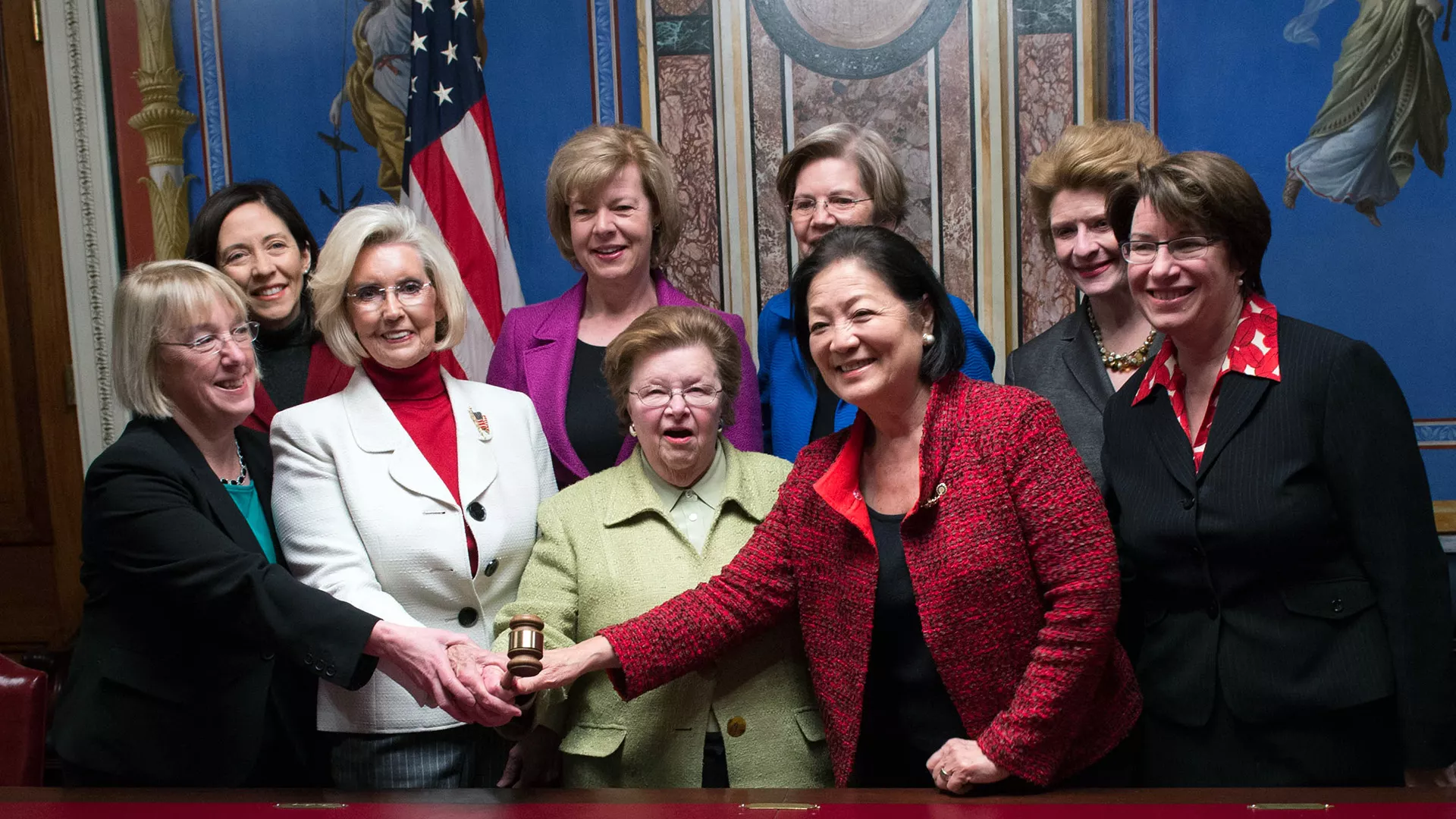Early American society was based on English Common Law in which women had few civil rights. As a married unit, wives relinquished property rights to their husbands. Shortly after the beginning of the American Revolution, states passed laws denying free women the right to vote. By the mid-1800s, activists spearheaded the Women’s Rights Movement with the primary goal to secure the right to vote. Although all male citizens gained the legal right to vote under the 15th Amendment in 1870, women would not universally gain this right until the 19th Amendment was passed in 1920. Entering the mid-1900s, Second Wave Feminism renewed the Women’s Rights Movement with the goal to further push for civil rights. Women demanded equal pay and opportunities in the workplace, access to education, and the right to make one’s own medical decisions. By the 1990s, Third Wave Feminism continued many of the same economic, political, and social goals as previous movements. A primary difference was inclusivity and exploring intersectionality of women’s rights.
Within an economics or financial literacy class, the following historical examples provide context to help students understand economic issues that women face today:
Notable Events
Lowell Female Labor Reform Association
Married Woman’s Property Act
Seneca Falls Convention
Wyoming Women’s Suffrage Act
Women’s Bureau of the Department of Labor
19th Amendment to the Constitution Ratified
National Council of Negro Women
Servicemen’s Readjustment Act (G.I. Bill)
Equal Pay Act
Executive Order 11375, Affirmative Action
Pittsburgh Press Co. v. Pittsburgh Commission on Human Relations
Bowe v. Colgate-Palmolive
Schultz v. Wheaton Glass Co.
Phillips v. Martin Marietta
Title IX of ESEA
Women’s Educational Equity Act
Housing and Community Development Act of 1974
Equal Credit Opportunity Act
Pregnancy Discrimination Act
Meritor Savings Bank v. Vinson
Johnson v. Transportation Agency, Santa Clara County
Women’s Business Ownership Act of 1988
International Union, UAW v. Johnson Controls, Inc.
Lily Ledbetter Fair Pay Restoration Act
Are you an affiliate?


